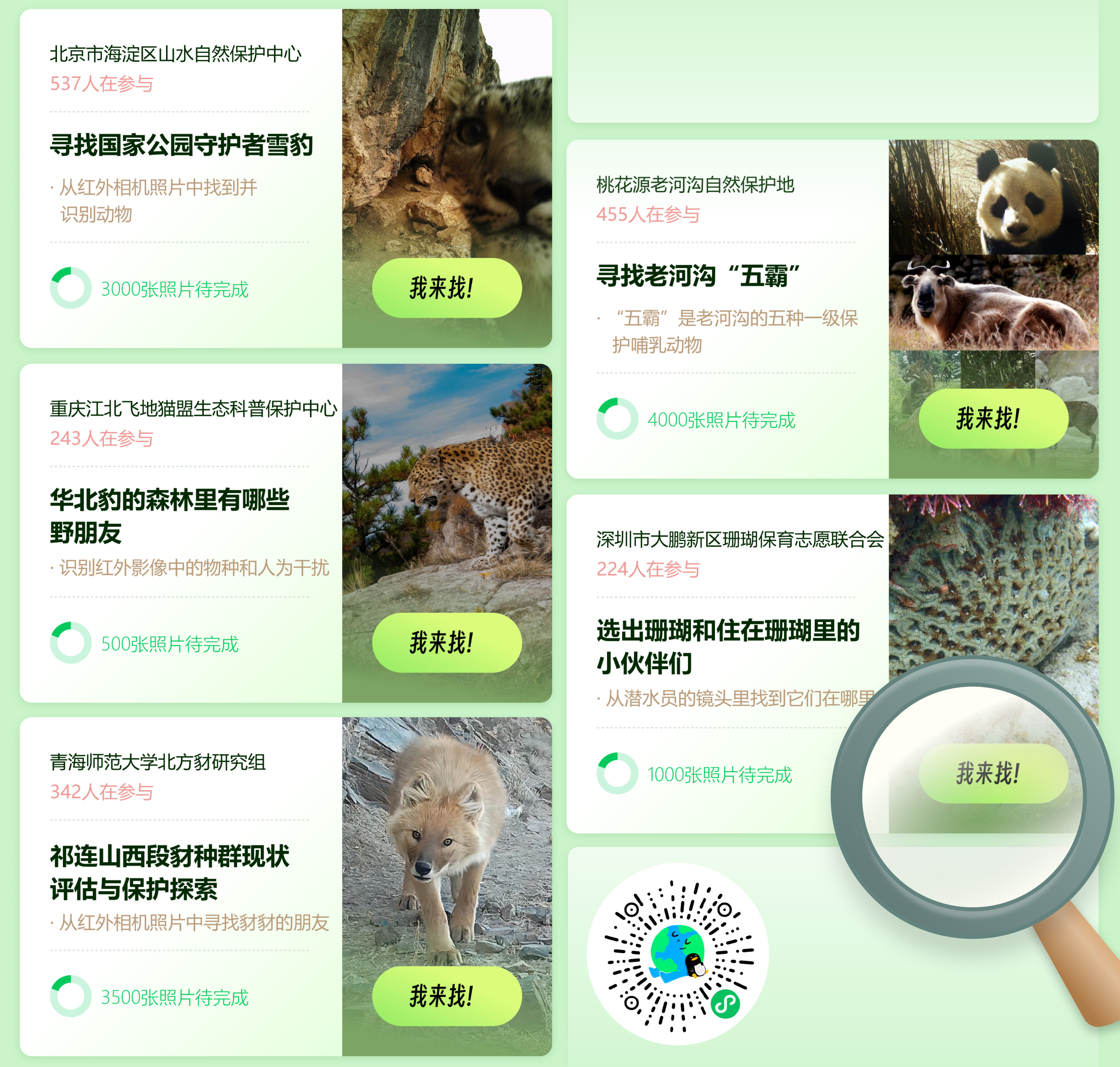To start the game, a map representing the local area is first created. The facilitator begins by asking participants to describe their land and sketches features as they respond. Once all key elements are outlined, color-coded hexagonal tiles, called ‘parcels,’ are placed over the drawing to form the board. Each tile’s color reflects soil fertility, ranging from high to low fertility. These parcels generate trees and resources based on their fertility levels. The board is designed to represent various landscapes, including mature forests, young forests, savannahs, and rivers or lakes. Wildlife such as forest animals and fish can also be added. Additionally, extra tiles may be introduced to capture local specifics.
Next, players are assigned a certain number of family members to manage. For each family member, they choose activities such as farming, breeding, or fishing to gather resources. To encourage new perspectives, the facilitator invites players to select activities different from those they do in real life. The game proceeds in rounds alternating between rainy and dry seasons, with each season affecting activities and resource availability. Throughout the game, the facilitator introduces events and, at the end of each season, leads a brief debrief to discuss players’ feelings about the current situation.
-open atmosphere
-willingness of the participants to try other points of view
-interest of the participants to participate to the game
-willingness of the participants to do land use planning
-trained moderator
-It is recommended to plan 2 rounds of sessions for each community: the first with each different group of stakeholders separately (e.g. farmers, herders, women, local organizations), the second one with mixed groups.
-It is recommended to adapt the board to the local landscape and create new categories depending on the specifics of the place
-The schedule shouldn’t be too tie, delay can occur quickly
-Having the player choose another activity than the one they usually do helps them to gain more insights for the debate part
